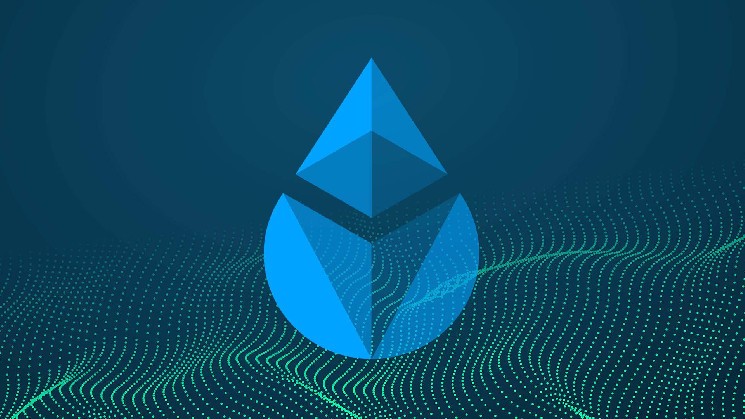Ethereum Moves Towards Cancun Upgrade With Key EIPs Considerations

- Developers working on the core of Ethereum have explored a number of EIPs.
- Any fallout from the modifications may be handled with relative ease as per devs.
Ethereum has made significant progress towards its impending Cancun upgrade after its well-publicized Shapella upgrade earlier this year. In addition, the change should have a major effect on the network’s architecture.
In recent months, people working on the core of Ethereum have explored a number of Ethereum Improvement Proposals (EIPs). Consequently, these talks and the coordinating dialogues on their integration represent a significant advance for the development of the upgrade.
Now on the Horizon
When it comes to increasing their practicality, few blockchain networks have been as bold as Ethereum. In addition, the Shapella improvement was a watershed point for the system as a whole. The next blockchain upgrade is now on the horizon.
Ethereum has made significant progress toward the upcoming Cancun upgrade. Reports state that talks have centered on an investigation of the effects of two EIPs, 4758 and 6780. The network’s present self-destruct function might be modified by these proposed additions.
So far, the functionality has been used to send ETH between addresses without requiring the recipient’s end to run any code. A change to 4758 suggests renaming the function to “send all” and disabling its ability to clear values or remove bytecode.
On the other hand, 6780 might impose constraints that would limit its effects. Some presently active Ethereum network decentralized apps may be affected by the modifications.
However, developers believe that any fallout from the modifications may be handled with relative ease. In particular, most decentralized applications will likely get updates to accommodate the changes to the network.
There are a plethora of additional EIPs that have the potential to provide major improvements in the future Cancun upgrade. Targeting enhancements to memory-copying and call-instruction processes in particular.






 Bitcoin
Bitcoin  Ethereum
Ethereum  Tether
Tether  USDC
USDC  TRON
TRON  Dogecoin
Dogecoin  Cardano
Cardano  Bitcoin Cash
Bitcoin Cash  Chainlink
Chainlink  Monero
Monero  LEO Token
LEO Token  Zcash
Zcash  Stellar
Stellar  Litecoin
Litecoin  Hedera
Hedera  Dai
Dai  Cronos
Cronos  Tether Gold
Tether Gold  OKB
OKB  Ethereum Classic
Ethereum Classic  KuCoin
KuCoin  Gate
Gate  Algorand
Algorand  Cosmos Hub
Cosmos Hub  VeChain
VeChain  Dash
Dash  TrueUSD
TrueUSD  Tezos
Tezos  Stacks
Stacks  IOTA
IOTA  Basic Attention
Basic Attention  Theta Network
Theta Network  Decred
Decred  NEO
NEO  Synthetix
Synthetix  Qtum
Qtum  Ravencoin
Ravencoin  DigiByte
DigiByte  0x Protocol
0x Protocol  Nano
Nano  Zilliqa
Zilliqa  Siacoin
Siacoin  Numeraire
Numeraire  Waves
Waves  Status
Status  BUSD
BUSD  Enjin Coin
Enjin Coin  Pax Dollar
Pax Dollar  Ontology
Ontology  Hive
Hive  Lisk
Lisk  Steem
Steem  Huobi
Huobi  NEM
NEM  OMG Network
OMG Network  Bitcoin Gold
Bitcoin Gold  Augur
Augur  Ren
Ren  HUSD
HUSD